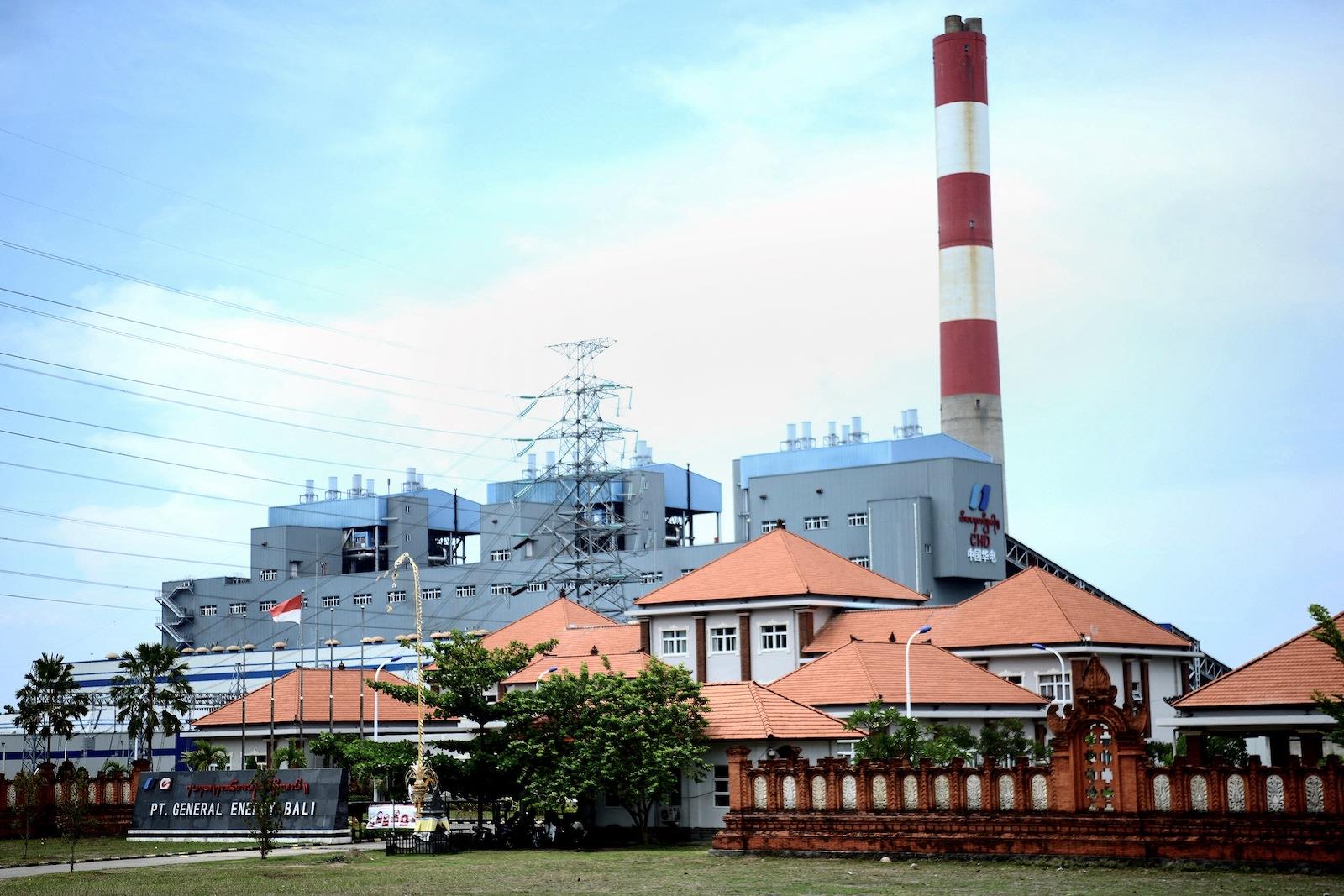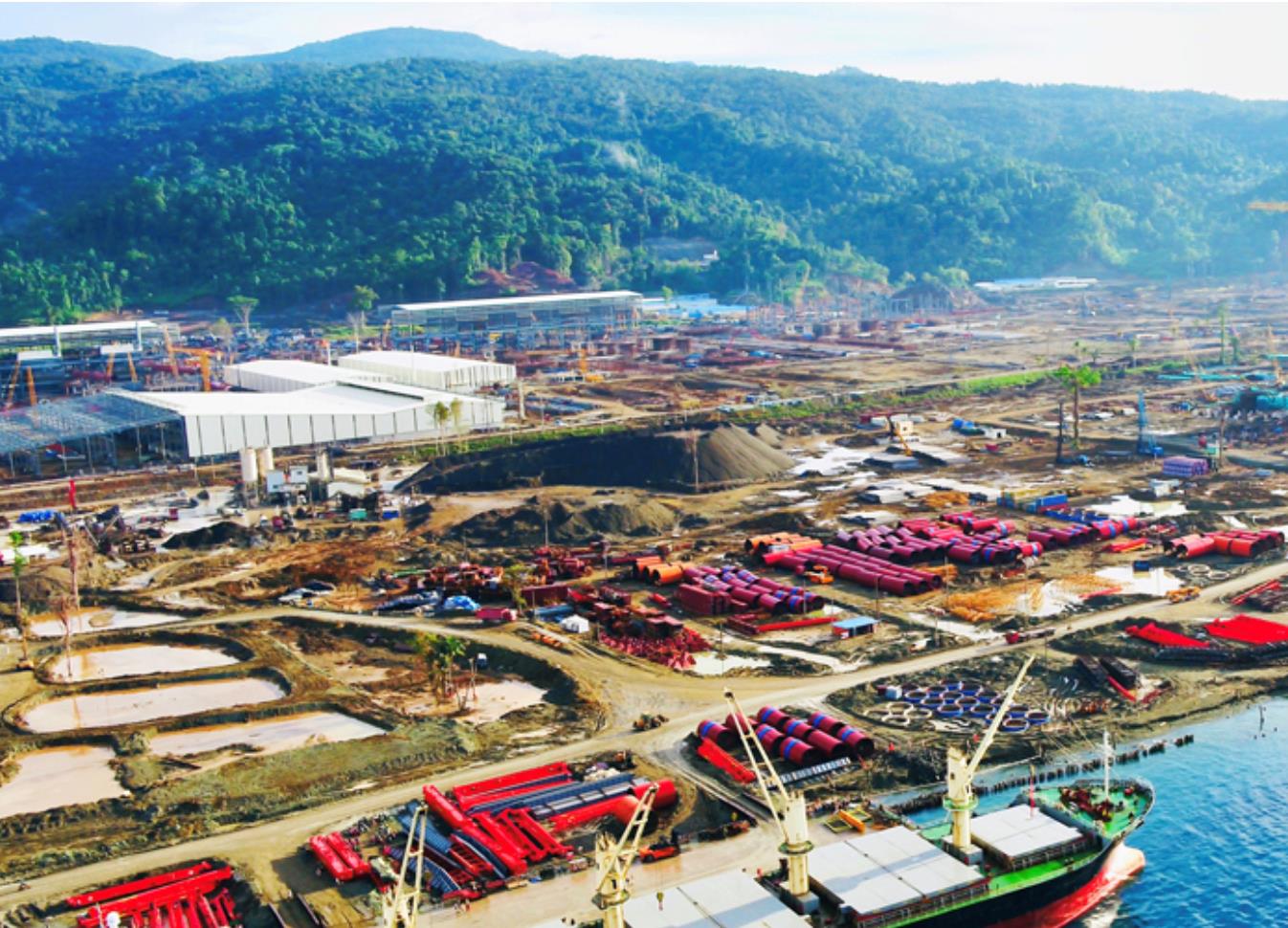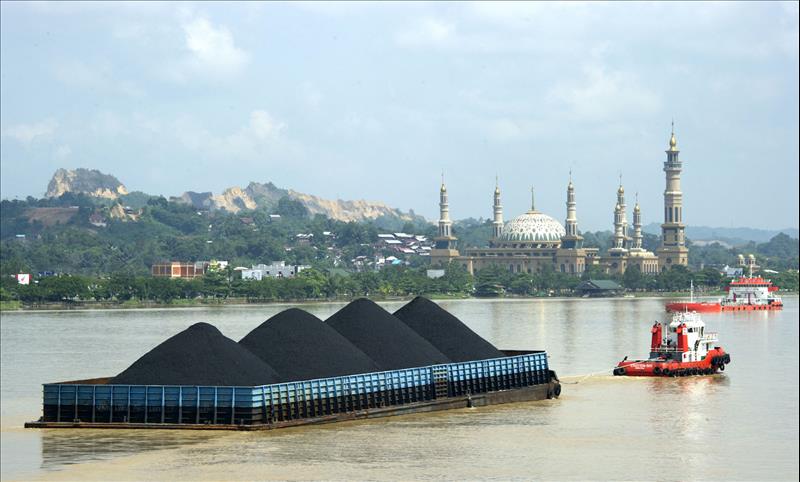
Indonesia''s dirty coal habit is proving hard to break
(MENAFN- Asia Times) JAKARTA – In setting an original target of 2070 for net-zero carbon emissions, President Joko Widodo's government has made it clear to the angst of environmentalists that at least for now coal remains the necessary way of the future in powering Indonesia towards a place in the global industrial supply chain.
Despite a renewedcampaign by the Joe Biden administration and the European Union to tackle climate change, there is still 6,000-8,000-megawatts of coal-fired power generation either under construction or in the final planning stages across the archipelago.
Analysts estimate that coal won''t reach peak usage until 2035, a period during which Indonesia hopes to become the world's fourth-biggest economy despite the setback caused by the Covid-19 pandemic that saw growth slide by minus-1.2% last year.
Domestic consumption still dominates the economy. But what is expected to drive further post-pandemic growth is Widodo's single-minded effort to become a major cog in the global lithium battery-electric car industry and other economic benefits those industries are expected to bring.
Former Indonesia ambassador to Washington Dino Djalal says Widodo was made to feel uncomfortable at last April's virtual global climate change conference when his 2070 zero-emissions target turned out to be 20 years behind most other countries.
Under the Paris Climate Change Agreement's five-yearly cycle, each of the 196 signatory countries are committed to mandatory nationally determined contributions (NDCs) to an increasingly ambitious program to slash greenhouse gas emissions.
While the president doesn''t usually show much interest in international affairs, he is now confronted with the realization that if he wants Indonesia to be a destination for major foreign investments, he can''t afford to ignore the growing demand for climate change action.

Indonesian President Joko Widodo, wearing traditional Balinese attire, attends a ceremony to celebrate Indonesia's 74th Independence Day at the presidential palace in Jakarta, Indonesia on August 17, 2019. Photo: AFP Forum via Anadolu Agency / Anton Raharjo
But only up to a point. Western pressure to phase out coal at this critical stage in Indonesia's development is often met with resentment, with officials noting that developed countries had no such environmental obstacles in growing their economies.
Widodo doesn''t react well to pressure and with powerful Chief Maritime Minister Luhut Panjaitan as his point man, some analysts believe Jakarta is falling ever-deeper under Beijing's influence with Chinese firms showing no signs of losing their position as the country's biggest investors.
Former trade minister Tom Lembong warned recently that Australia, the US and like-minded countries will have to mount a coordinated effort if they want to stop Jakarta ''going all in'' with the superpower. ''Indonesia will continue to gravitate towards China under the Jokowi administration and possibly beyond,'' he told the Sydney Morning Herald.
Djalal says climate change has been an Indonesian ''blind spot'' and that despite setting emission targets Widodo has remained fixated on infrastructure and economic development, with coal making up 22,000MW of the 35,000MW electricity program he launched in 2014.
Leaders at the recent G7 Summit in the UK agreed to end the funding of new coal generation in developing countries and to offer up to $2 billion to support the transition away from unabated coal capacity.
There are also signs that the EU may be prepared to add coal to a list of commodities that could be denied access to the European market unless Indonesia complies with international sustainability and environmental standards.
Although the government is committed to reducing emissions by 29% over the next eight years, or 41% with international assistance, it will only phase out new coal projects after 2025 when the last of the thermal plants under the 35,000MW program is commissioned.
''We think the strategy will shift to new and renewable sources (but) how Indonesia actually gets there is a question still up in the air,'' S & P Global Ratings analyst Minh Hoang told a webinar this week. ''Coal will still feature heavily in Indonesia's energy mix for years to come.''
While state-owned power utility Perusahaan Listrik Negara (PLN) is prohibited from building new coal-fired plants after 2025, the policy on private projects is unclear, particularly on the main islands off Java where power shortages have always been an issue.

The coal-fied Celukan Bawang 2 power plant in Singaraja on Indonesia's resort island of Bali. Chinaís plan to fund dozens of foreign coal plants from Zimbabwe to Indonesia is set to produce more emissions than those of major developed nations, threatening global efforts to fight climate change, environmentalists have warned. Photo: AFP / Sonny Tumbelaka
The biggest of those stations are in nickel-rich Central Sulawesi and North Maluku where Chinese industrial giant Tsingshan Steel and its partners are drawing on the world's biggest reserves of nickel to put Indonesia on the global industrial map.
Tsingshan's refining complex in Morawali, Central Sulawesi, is already powered by a 2,000MW coal-fired station, but the Mines and Energy Ministry (ESDM) has reportedly banned the firm from adding a further 250MW unit to its 750MW coal plant at Weda Bay in Halmahera.
After months of indecision and fruitless negotiation, that may explain why the government has now apparentlydecided that Freeport Indonesia's (PTFI) new copper smelter will be built at its original site at East Java's Gresik Industrial Park (JIIPE) instead of Weda Bay.
ESDM's director-general for minerals and coal, Ridwan Djamaluddin, told Petromindo.com earlier this month that PTFI and state-owned holding company MIND ID had made the final decision to stay with Gresik, which has already undergone some site preparation.
Joint venture talks ran into an obstacle over Tsingshan's demands for a 5% discount on the price of PTFI's concentrate and also parent Freeport McMoRan Copper & Gold's concerns over adhering to Securities and Exchange Commission (SEC) rules that Chinese firms are not compelled to follow.
Economic Coordinating Minister Airlangga Hartarto, the concurrent chairman of the third-ranked Golkar Party, had been at odds with Panjaitan over where to put the $2.8 billion smelter, which will process the remaining concentrate from PTFI's Grasberg mine in Papua.
Airlangga favored Gresik, in part because of the heavy voting concentration in East Java, while Panjaitan wanted the facility moved to lightly populated Halmahera, where its sulphuric acid by-product could be used in Tsingshan's planned lithium battery plant.
Tsingshan may have already seen the writing on the wall, with expected customer resistance in the West to nickel smelted by coal-fired power and Zhejiang Huayau Cobalt planning a new $2 billion cobalt and nickel smelter as part of a significant expansion of the Weda Bay site.

Tsingshan's steel plant at Weda Bay. Image: Tsingshan Steel website
Last March, Tsingshan said it intended to build up to 2,000MW of solar-based power at both of its processing facilities over the next three to five years in what may become the first test of how renewable energy can support a major industrial undertaking.
Leading renewable energy expert Fabby Tumiwa estimates it will cost about $700 million to build a 1,000MW solar plant and associated storage facility covering a required 1,000 hectares of land around Weda Bay, on the east coast of Halmahera.
If Tsingshan can make it happen, he says, it could become the norm for all industrial parks across the country at a competitive cost of about 6 cents per kilowatt-hour, similar in fact to coal.
Tumiwa, executive director of the Institute for Essential Services Reform (IESR), has few doubts solar is the way of the future, quoting estimates of a technical potential as high as 207 gigawatts. An IESR report estimates it will only require 4% of Indonesian land for solar to meet 100% of electricity demand by 2050.
Still, climate change proponents are worried the Indonesian business community has yet to fully embrace clean energy goals, largely because Panjaitan, State Enterprise Minister Eric Thohir and other influential figures are part of the powerful coal lobby.
Critics note the 2030 emission target is not accompanied by any detailed schedule and say it is only the revival of international concern over climate change, along with a shift in public opinion on the issue, that is forcing the government to pay some attention.
Coal plants currently contribute 49.6% of Indonesia's 69,600MW of power generation, of which renewables account for a lowly 14.9%. Although the pandemic has set back calculations significantly, the ESDM estimated in 2019 that power consumption will more than double by 2027.

Greenpeace activists wearing black masks and face paint attend a rally outside the Maritime and Fisheries Ministry in Jakarta to protest against plans to build coal-fired power plants in a file photo. Photo: AFP / Romeo Gacad
Coal may also still have a future. American firm Air Products & Chemicals recently announced plans to invest $2 billion in a landmark coal-to-methanol production facility in Bengalon, East Kalimantan, in what may be the country's first serious venture into coal gasification.
Twenty-five percent of Indonesia's coal production is currently reserved for the domestic market, with the remaining 75% (or 456 million tonnes in 2020), shipped mostly to China, India, Japan and South Korea. That adds up to about a third of the world's total coal exports, even if Indonesia is home to only 2.5% of existing global reserves.
Apart from solar, it is unclear how Indonesia will meet its other future energy needs, with large-scale hydro potential limited to North Kalimantan and Papua, away from large population centers, limitations on new supplies of natural gas, and pricing issues holding back the country's vast geothermal potential.
Analysts note there has been no new foreign investment in the sector for two decades because Indonesian consumers still enjoy the cheapest power in the region at 1,000-1,500 rupiah (7-10 US cents) per kilowatt-hour. Current installed capacity is 2,130MW, measured against total resources estimated at more than 24,000MW.
Despite investing $7-8 billion in geothermal over the past 20 years, one major geothermal developer made only $20 million from carbon credits in that time. As one senior executive noted: ''The rules keep changing, the whole process is convoluted and complicated and the banks aren''t interested. It also takes 3-5 years to apply for carbon credits.''
He said to entice more investment and cover the heavy up-front cost of geothermal power, Indonesia will need to raise consumer prices by up to 50%, something successive governments have been loath to do because of the ever-present fear of social unrest.

Legal Disclaimer:
MENAFN provides the
information “as is” without warranty of any kind. We do not accept
any responsibility or liability for the accuracy, content, images,
videos, licenses, completeness, legality, or reliability of the information
contained in this article. If you have any complaints or copyright
issues related to this article, kindly contact the provider above.


















Comments
No comment